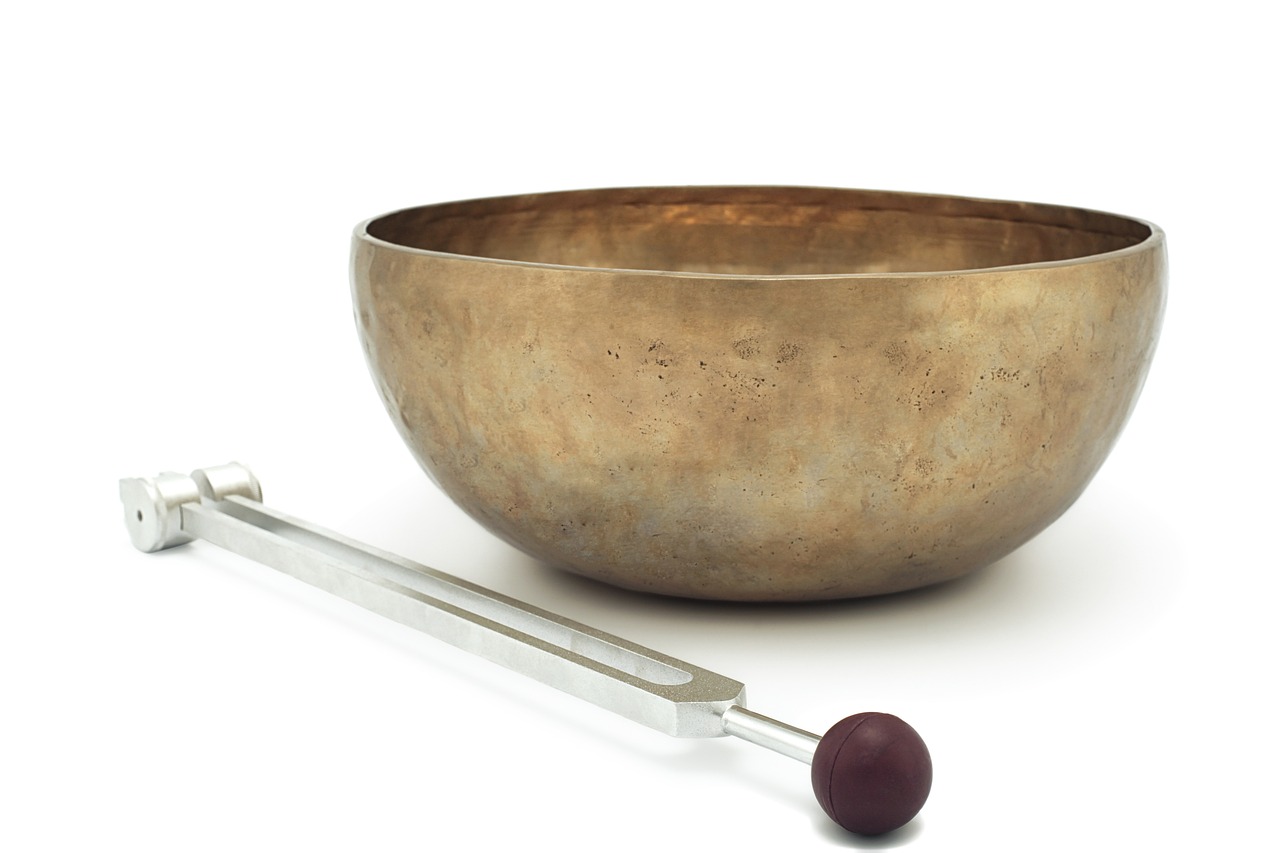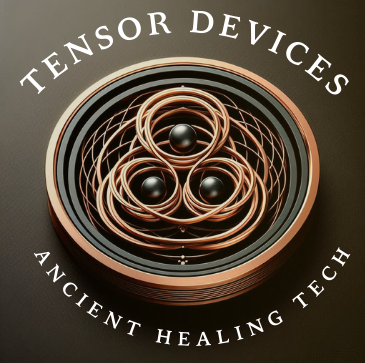Frequency healing might sound a bit out there, but it’s been around way longer than you’d think. It’s like a throwback to the days when folks were all about balancing energies and finding harmony through sound. This isn’t just some new-age fad—this idea has roots deep in history.
At its core, it’s about using sound waves to nurture and boost the body’s natural healing capabilities. Different tools pump out specific frequencies that aim to settle your nervous system or even tackle that lingering pain. Think of it like a sonic massage for your cells.

If you’re picturing a room full of gongs and wind chimes, you’re not too far off. Frequency healing tools come in all shapes and sizes, from tuning forks that look like your grandpa’s old TV antenna to sleek, modern gadgets that shoot out sound waves.
These days, it’s not just about finding the right tool, but about understanding how they work. Imagine hitting just the right note on a piano—that’s what a tuning fork does for your body’s energy points. It’s all about finding that sweet spot where you can kick back and let the frequencies do their thing.
How to Choose the Right Tuning Forks for Healing
Choosing the right tuning fork can be like picking your favorite song out of a playlist with thousands of tracks. The key here is to consider a few critical factors.
First up is the material. You’ll often find forks made from aluminum or steel, each having its own vibe. Aluminum is lightweight and gives a softer sound, while steel is all about that longevity and sharp, clear tones. Your choice depends on what kind of sound journey you’re looking to embark on.
Now let’s talk frequencies, because not every frequency hits the same. Different frequencies serve different purposes in the healing process. For instance, a fork at 128 Hz might be your go-to for grounding and stability, while something like 4096 Hz offers a boost of energy akin to a morning espresso but for your soul.
Then there’s the curious case of 256 Hz. This frequency is like your all-rounder friend. It’s often used to enhance concentration and mental clarity. If you’re chasing focus and a sharper mind, this number might just be your magic.
Before swiping your card, check out the manufacturer’s rep. You want forks that are crafted with love and precision—think instrument makers, not mass producers. A trusted brand ensures quality, giving you better sound and longer-lasting tools.
Ultimately, it’s about aligning your fork choices with what vibes you’re actively looking to enhance in your life. Keep these tips in mind, go forth, and tune into good vibrations.
Selecting the Optimal Healing Frequency
When you’re getting into the groove of frequency healing, picking the right frequencies can feel a bit like curating your personal playlist—each choice impacts your mood and well-being.
Different frequencies have different effects on our body and mind. Some might ease tension or stress, while others aim at boosting your energy or focusing your thoughts. It’s handy to get familiar with which frequency pairs with what, kind of like knowing which wine goes with which dinner.
Start with personal needs. Got some stress you’re trying to shake off? Frequencies like 396 Hz are often linked to liberating fear, which might help. If you’re more focused on rejuvenating yourself and lifting your mood, you might explore what 528 Hz can bring to the table.
If you’re new to this whole scene, dipping your toes into some basic, commonly used healing frequencies might be the way to go. These include 432 Hz, praised for its soothing qualities, and 741 Hz for detox and cleansing vibes.
A good strategy is to experiment around safely. Feel how your body and mind respond and adjust the frequencies accordingly. Over time, you’ll develop an intuition for what works best for you—like finding your favorite song for those rainy days.
Exploring Frequency Tuning: Techniques and Best Practices

Frequency tuning might sound technical, but it’s all about getting in sync with the right vibes. At its heart, this method involves adjusting tools to produce frequencies that match what your body needs. Like tuning a guitar, the aim is to get everything in harmony.
One popular technique is using tuning forks to create beats or rhythms that can guide your body into relaxing or energizing states. When you strike a fork, its vibration sends sound waves through the air and, in turn, through you. Actually holding the fork close to your ear, or placing it on your body, can amplify your sense of connection with the sound.
Achieving effective tuning is part mental and part technique. It’s about setting intentions before you even touch the fork. Think of it as programming your subconscious to work with the frequencies, maximizing their potential. This intentionality can make the experience stronger and more meaningful.
Best practices include maintaining your tools. Keep them clean and store them properly to ensure they last. Also, focus on starting with shorter sessions and gradually increasing as your comfort level rises. Overdoing it can sometimes overwhelm rather than help, much like blasting your favorite song too loudly.
While frequency tuning holds great promise, staying patient and persistent is key. You might not feel transformed from day one, but small, positive changes over time contribute to overall well-being. Trust the process without rushing it.
